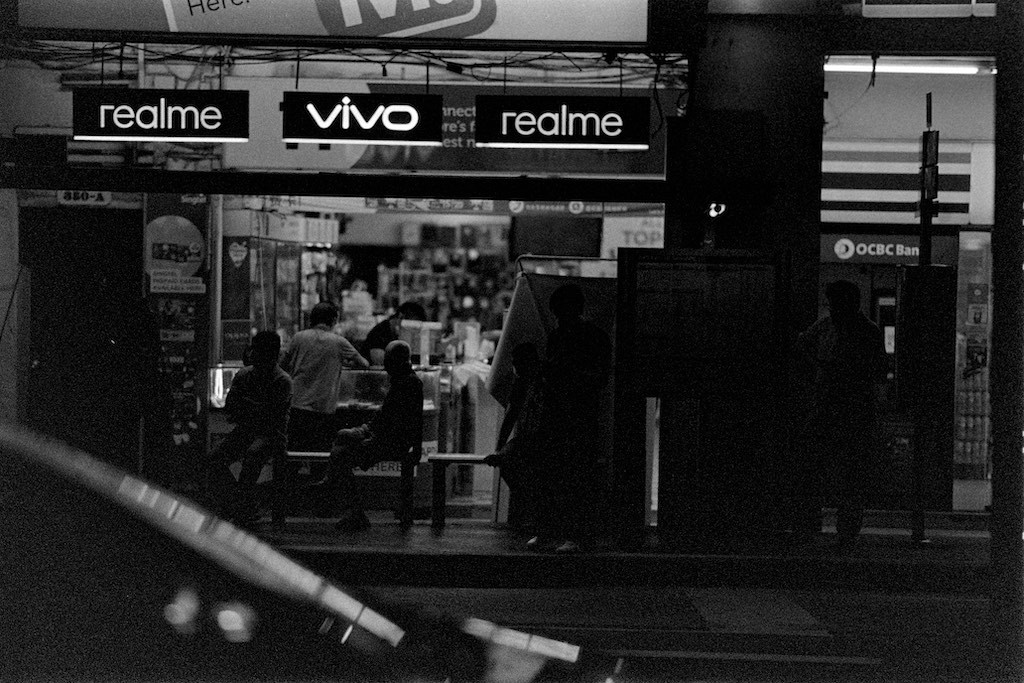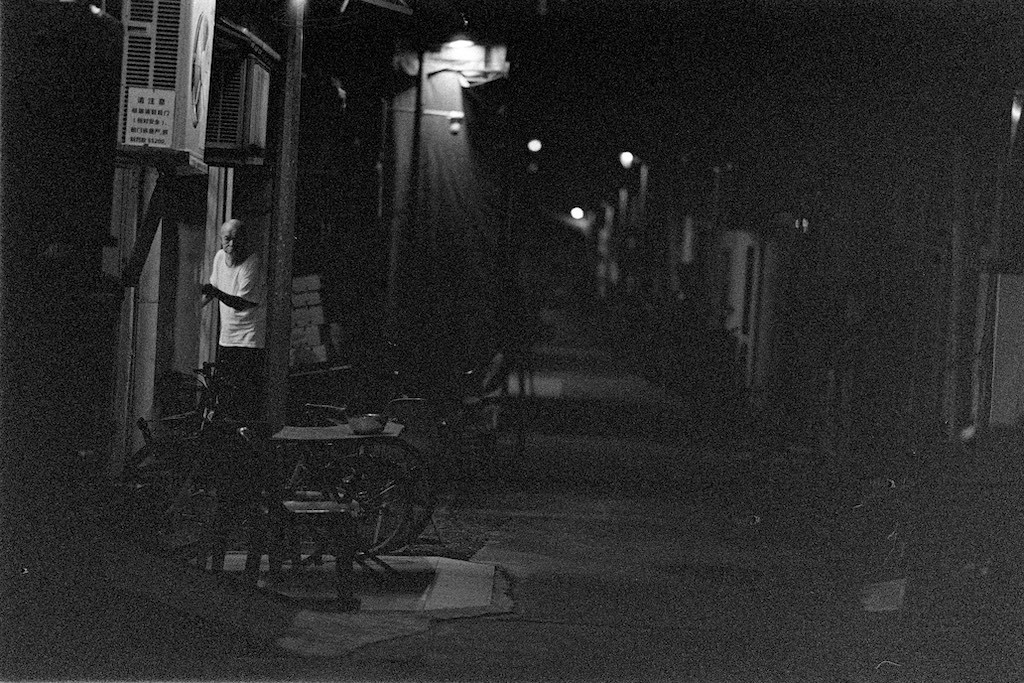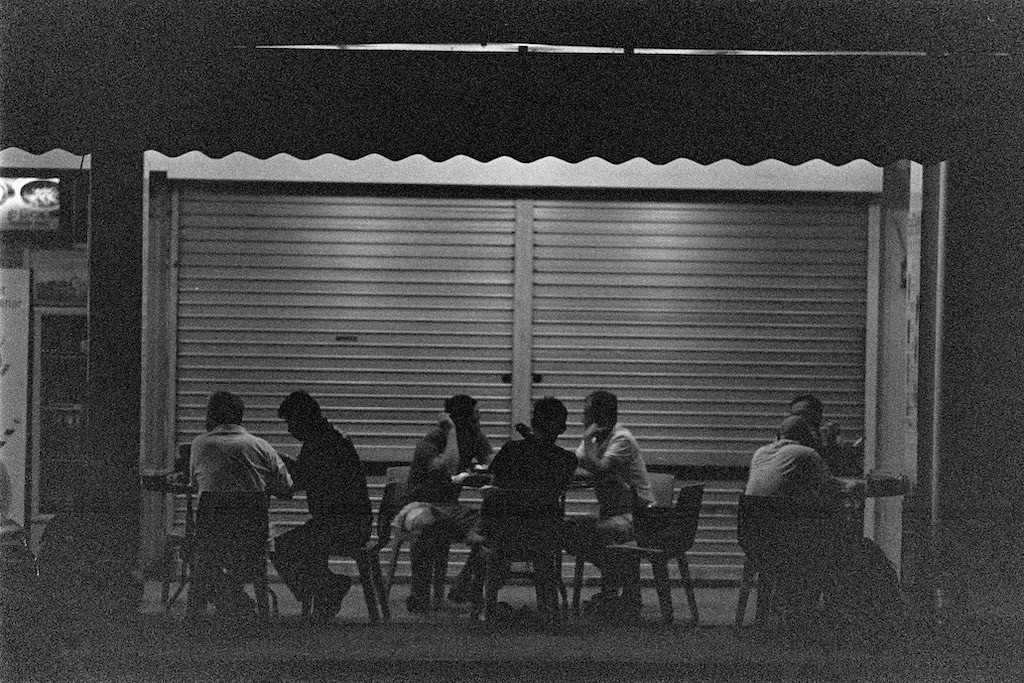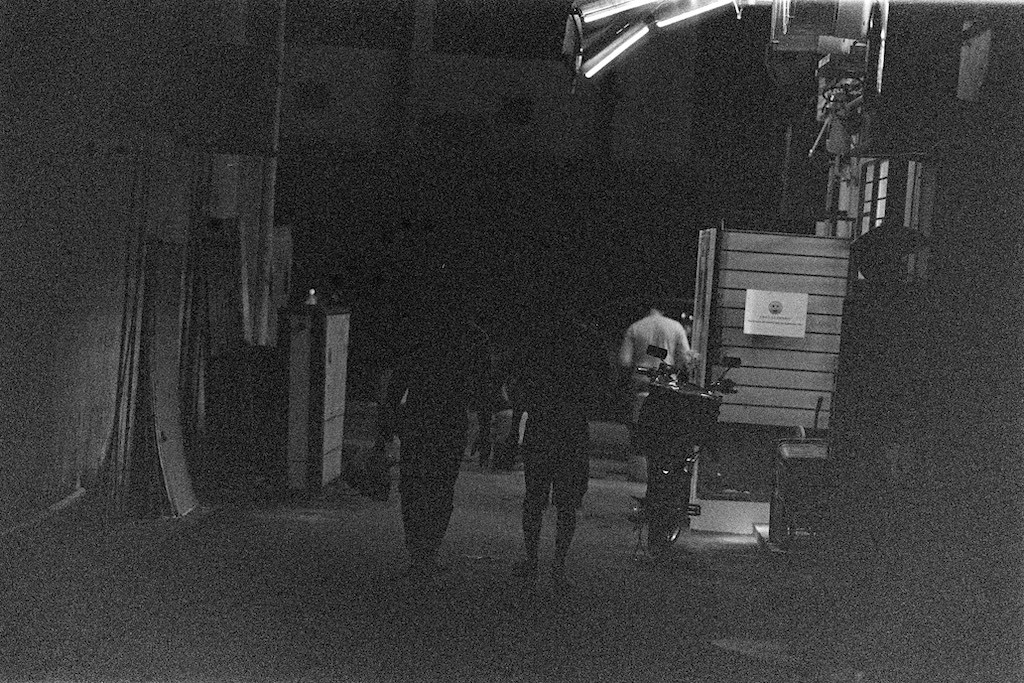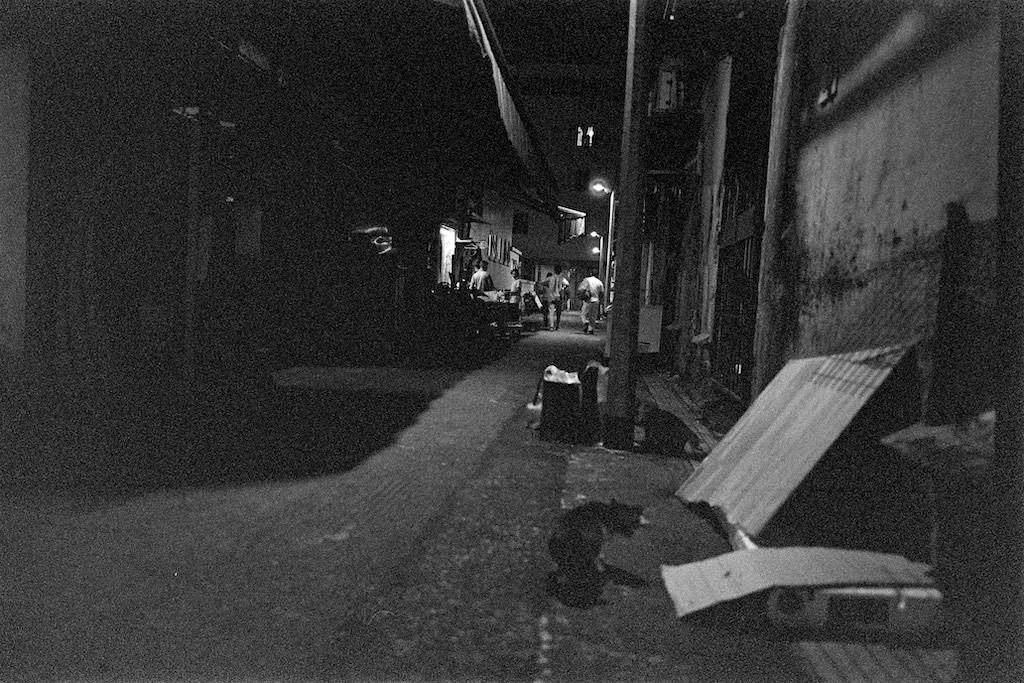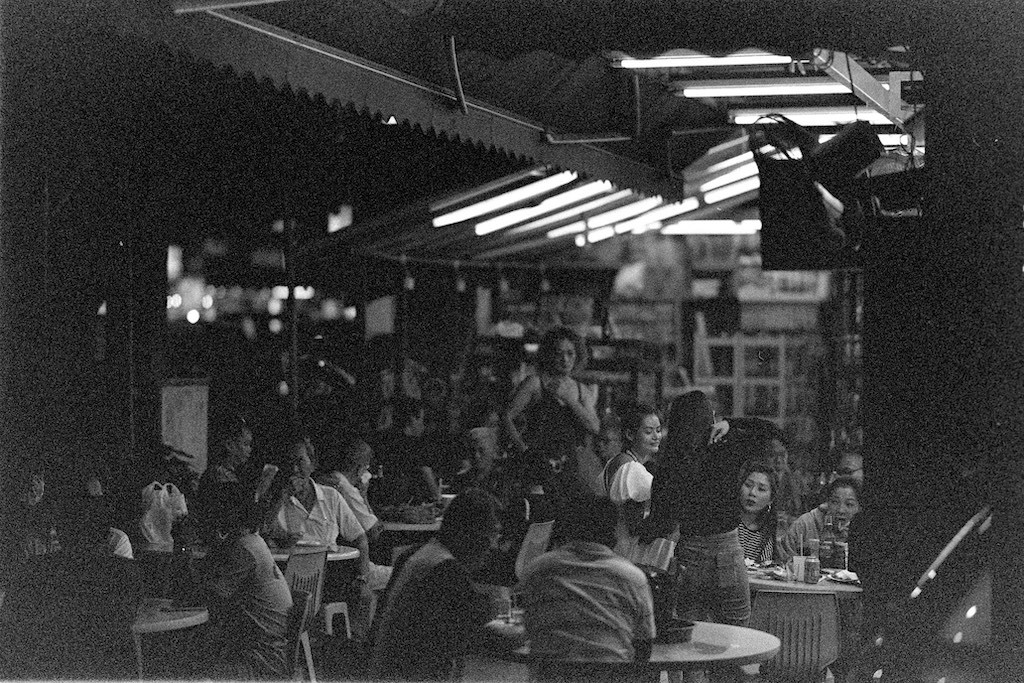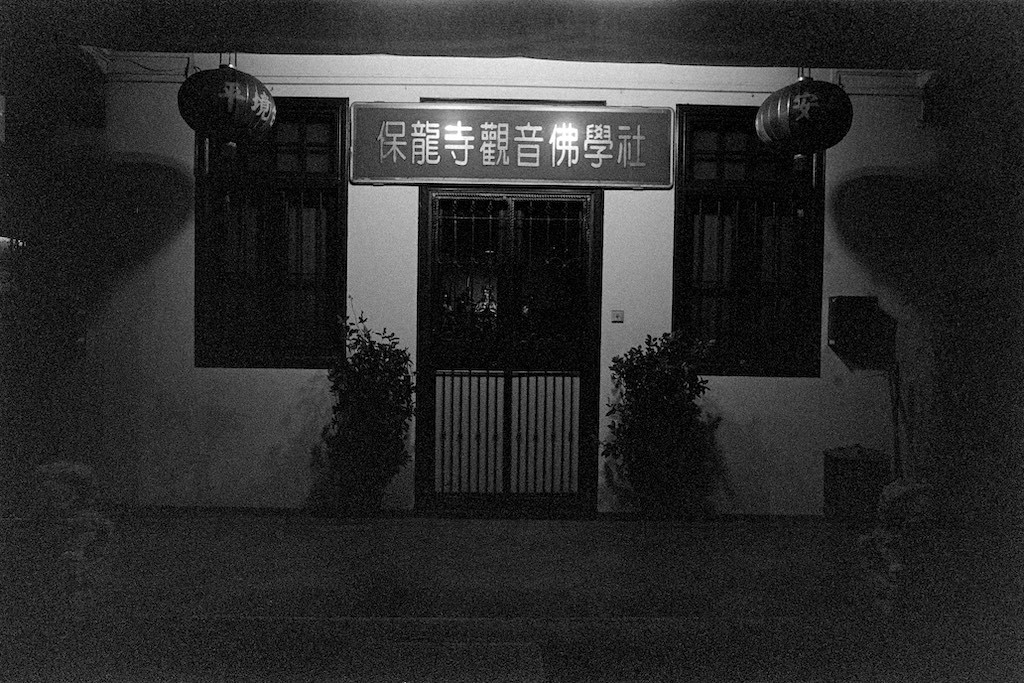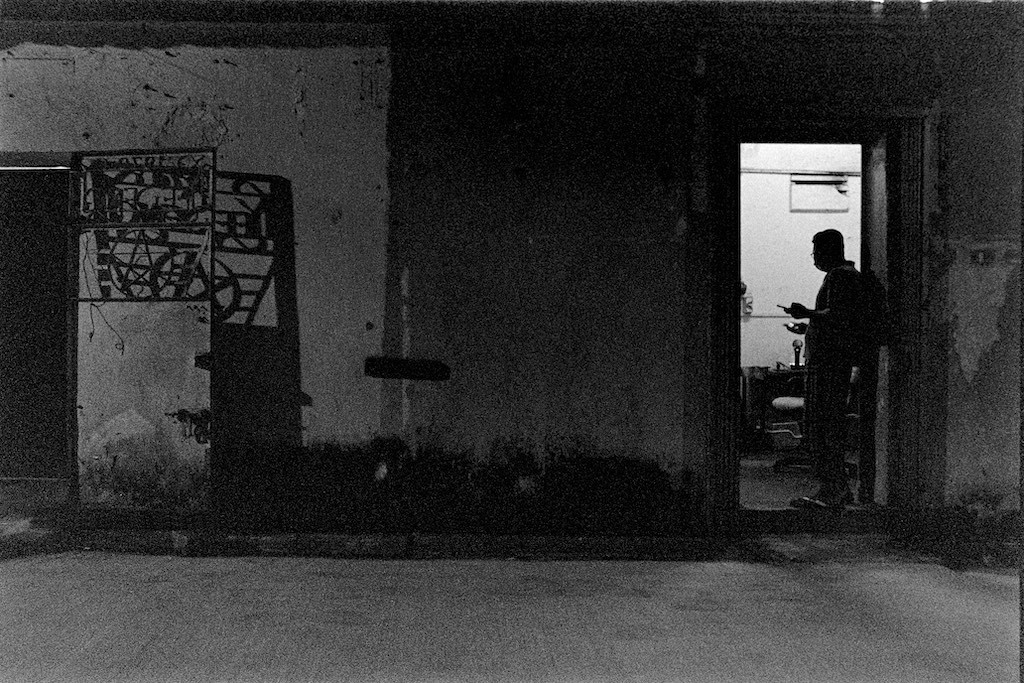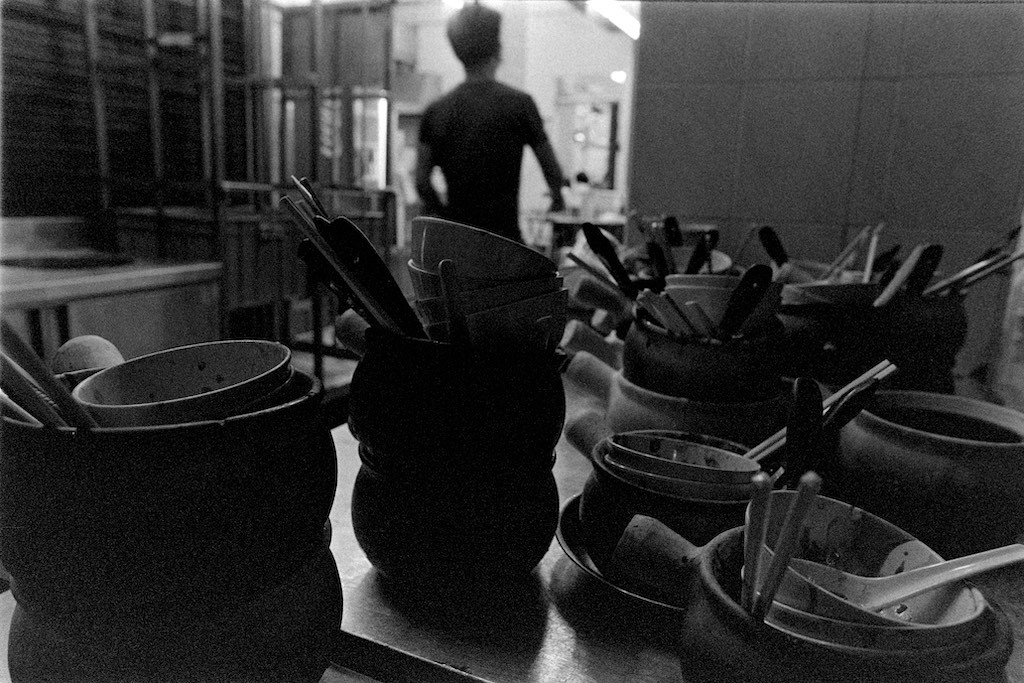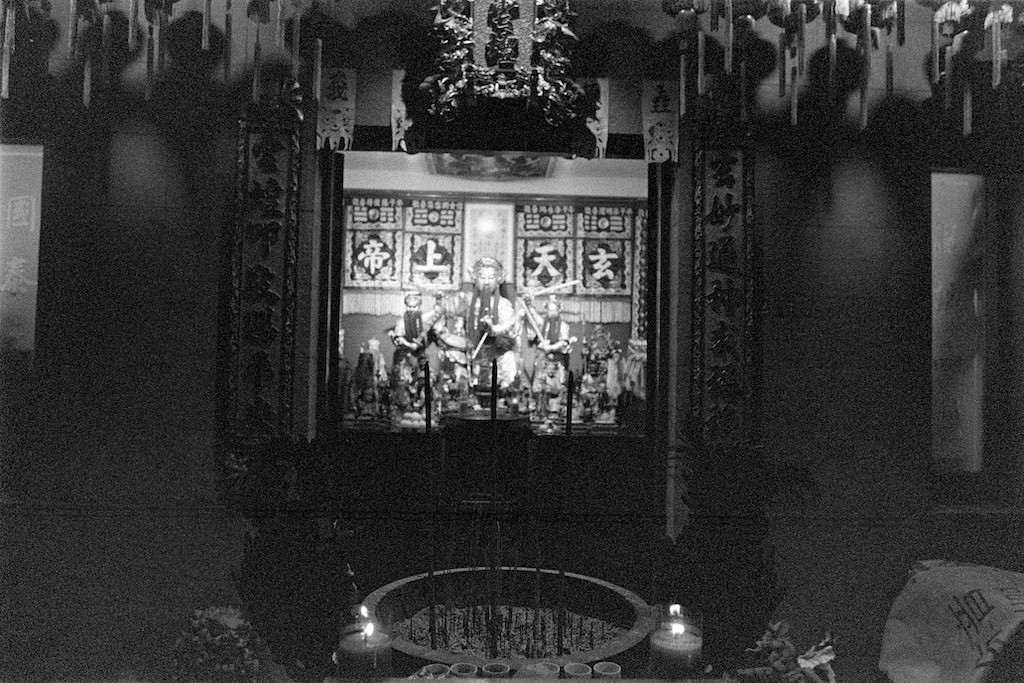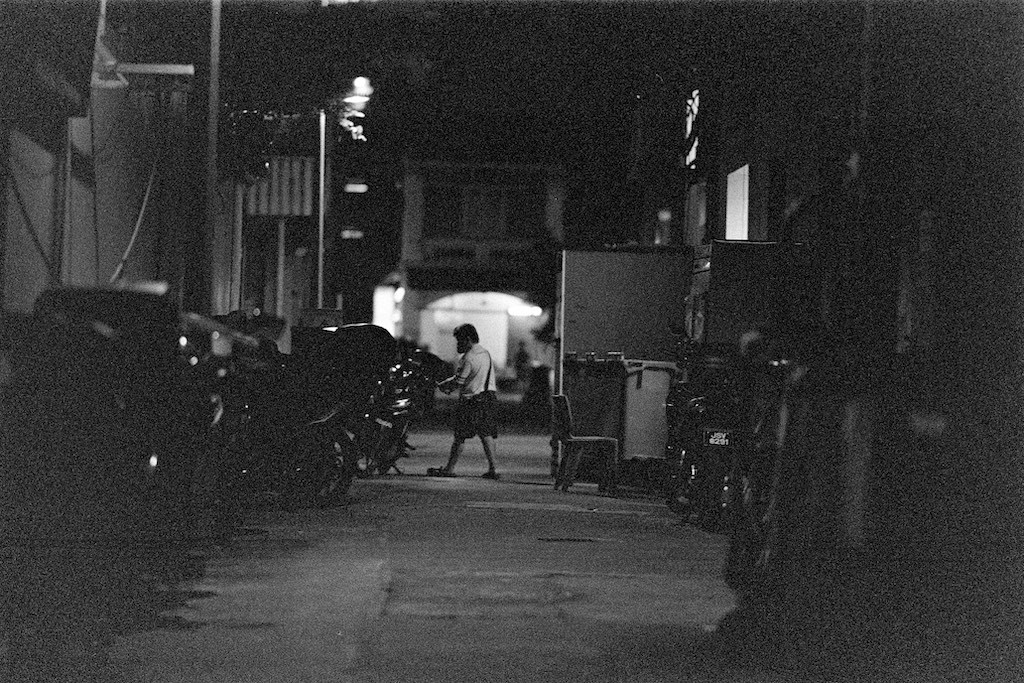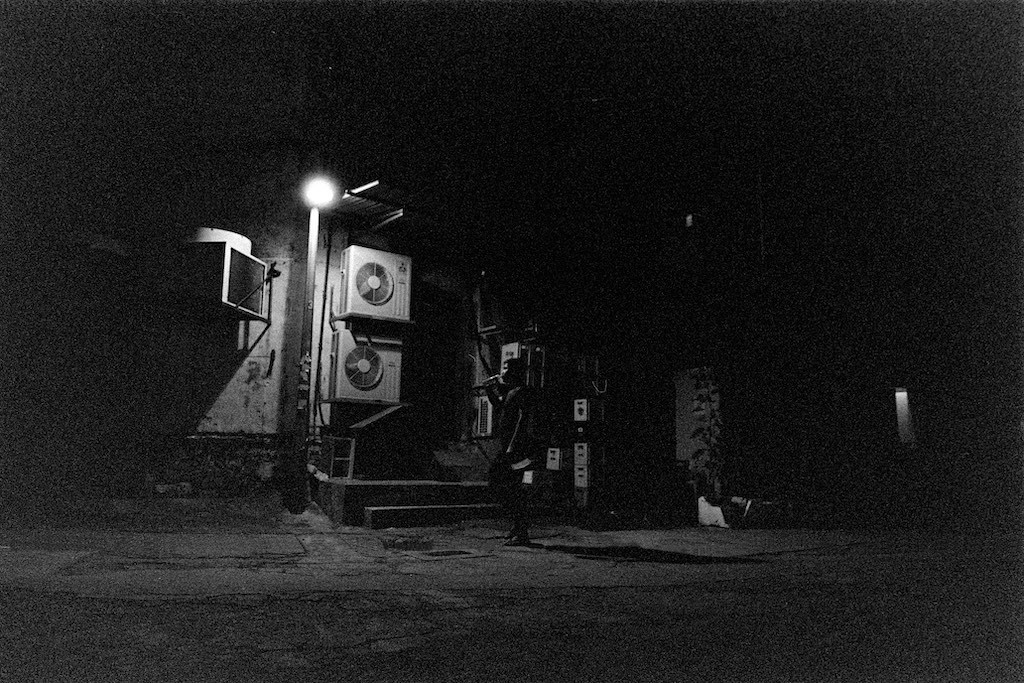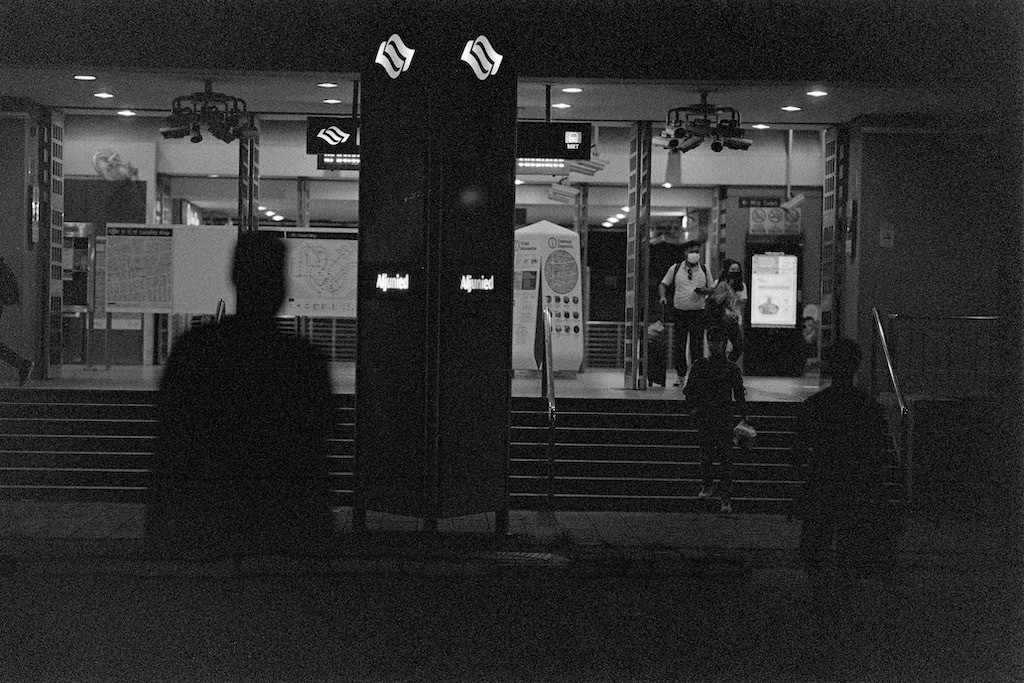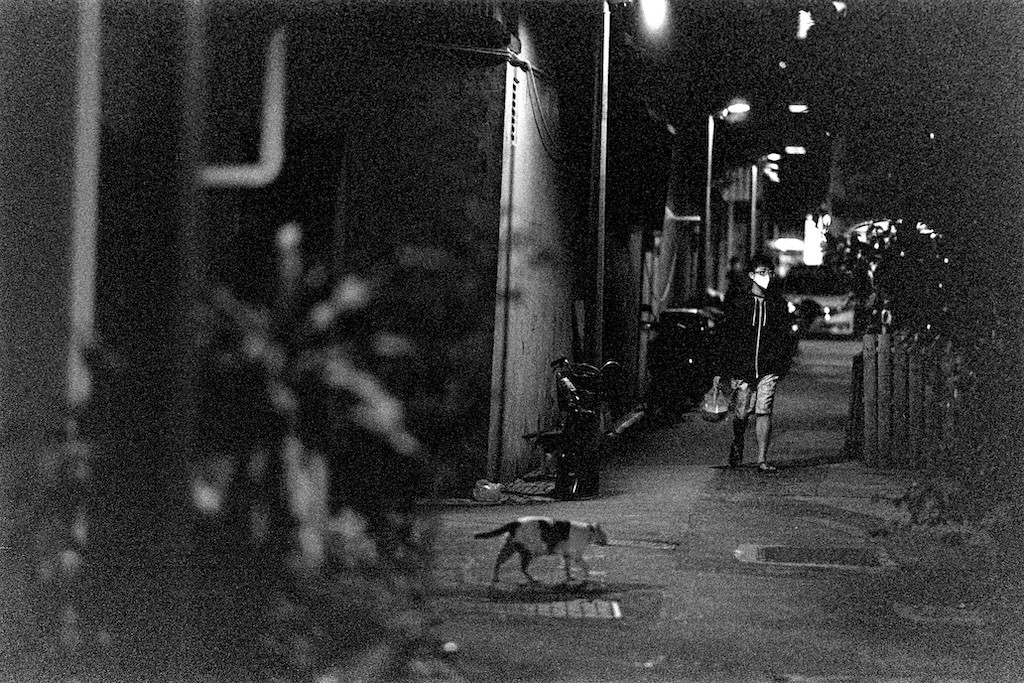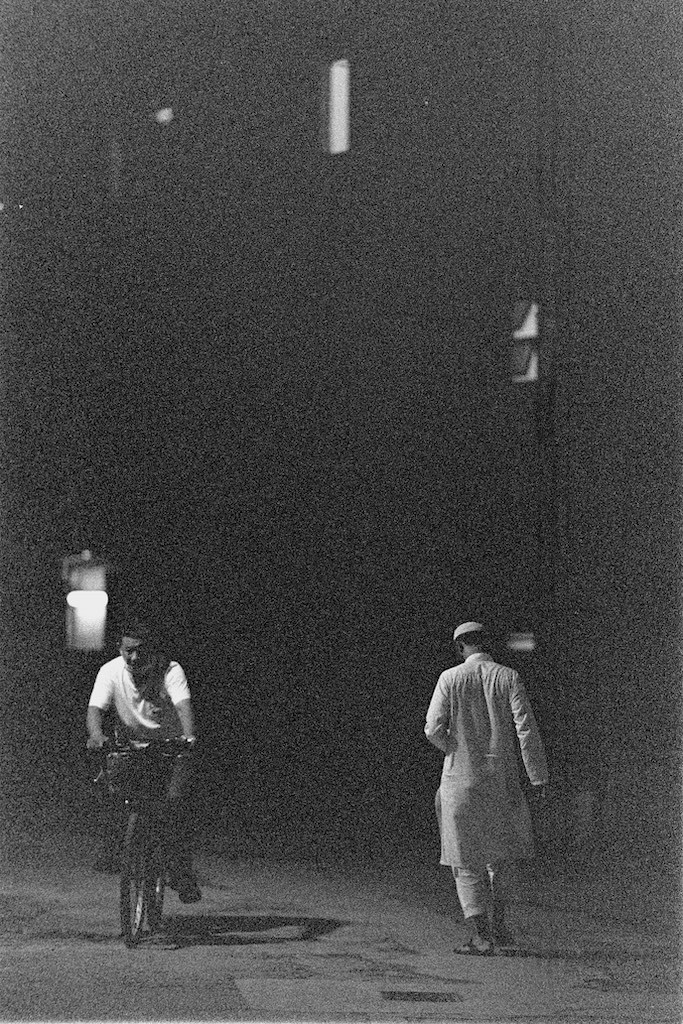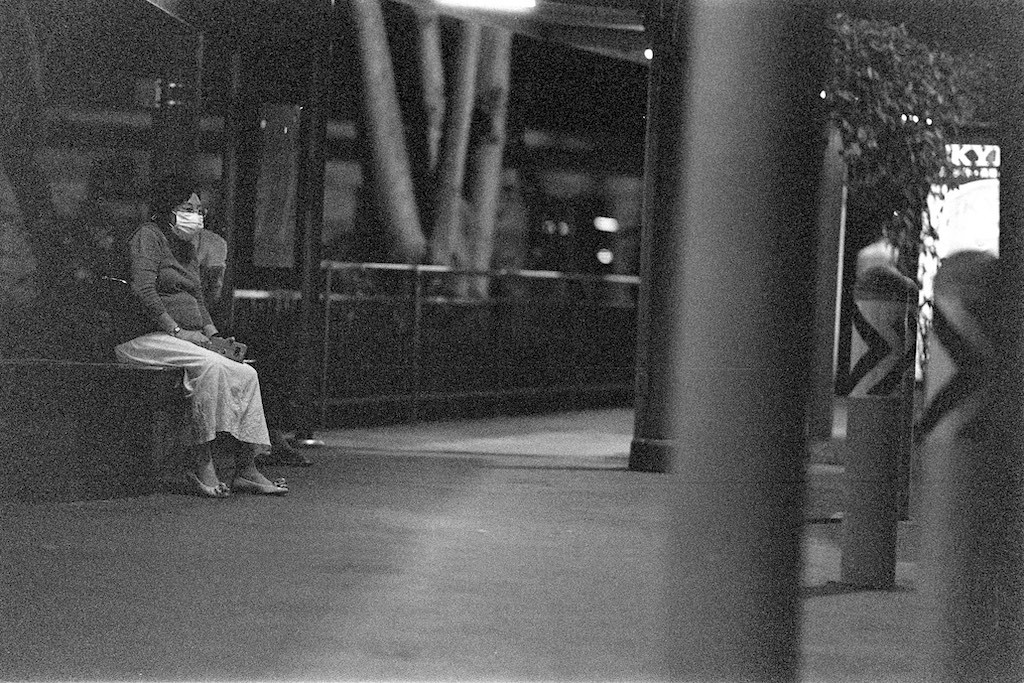
Before there were digital cameras and I only shot film, I didn’t shoot a lot of high speed film like Kodak TMax 3200. The fact was that it was incredibly grainy and it wasn’t something that I loved at the time. I wanted my images to have as little grain as possible. That meant using 100 to 400 speed film.

You can see the little ‘spots’ or ‘dots’ that make up the image. The grain in this film image is very visible.
One of the best things that digital cameras are able to do is capture images in low light conditions with very little grain (in digital cameras it is called noise). As digital cameras improved over time, digital noise has been one of the biggest improvements.

An example of noise from a digital camera
There are also a number of programs available that enable you to take the digital noise out of your images. They aren’t perfect but they do get better and better every year. One of the results of reducing the noise in your image is reducing the sharpness as well.


The image on the left has very visible grain but is also sharper than the image on the right which has reduced the noise and the sharpness.
As the vast majority of people use digital cameras, the reduction of noise in images is becoming the norm. You can even find programs that emulate the look of grain so you can make your digital files look more grainy. Perhaps this appetite for grain is why there is still high speed 3200 grainy film available. Now it is a look that people are looking to emulate. So I decided that I wanted to try a grainy high speed film challenge and I thought a great time to do it was at night.
So how can you have a night film shoot? There are a few things that will help you be successful.
Fast Film and Fast Lenses
I decided to use the Kodak 3200 TMax film because it is a fast grainy 3200 speed film. When it came to a camera, there really wasn’t a choice as I used my favourite film camera, the Nikon F6. As I was shooting at night, I brought along some fast lenses that have a really wide maximum aperture and would give me the best opportunity to get useable shutter speeds. I used the Nikon 24mm F1.4 and the Nikon 105mm F1.4.
Understanding Exposure at Night
One of the most important things to understand about night photography is how your camera reads the light. If there is a scene which is evenly lit, the camera will usually have no problem with the exposure. Just fire away.
If there is a mix of light and darkness in a scene, like a streetlight illuminating part of a sidewalk, some cameras can have difficulty. There are two parts to the scene: a very bright and a very dark part. So how does the camera decide what the correct exposure should be? Does it pick and exposure between the two and just split the difference? Does it expose and get the brightest part of the scene correct and leave the rest in darkness?
One of the important factors that helps the camera get the exposure correct is where you put the autofocus sensor. When you place the autofocus sensor on part of the scene, you are telling the camera that you want that in focus. And if you want that in focus, you probably want it exposed correctly too.
Even if you put your camera sensor on your subject which is in a bright part of the scene, the camera can still sometimes overexpose the image because there can be a lot of darkness in the scene. So if I have a scene with a mixture of very dark and very bright parts, I tend to use exposure compensation and underexpose the image anywhere from 2/3 to 1 1/3 of a stop. This usually darkens the shadows and exposes the subject in the light correctly.
This approach works well with my digital camera and I am able to check the exposure and assess my amount of exposure compensation right away. However, this isn’t possible with a film camera. I couldn’t check to see if I was getting exposure correct so I had to rely on my past experiences. I hadn’t really shot a lot at night with the F6 in the past. The camera actually read the light and gave me the correct exposure much better than some of my digital cameras. So when I got my film back, some of my shots were a bit underexposed. But that is all part of the learning process. You need to know how your camera measures light and you have to be able to use exposure compensation to get the image that you are trying to capture.
Digital cameras are always improving their ability to get details out of the shadow areas of an image. However, film isn’t as good at retaining details in the shadows as digital sensors so that was something that I had to take into account when capturing images.
Final thoughts
At the end of the challenge, after getting my film back, I was amazed how dark and grainy the film was. Actually, one of the most amazing things was how good my iPhone was at capturing video of the scene. I put my iphone on top of my camera for the first person perspective that you see in the video and it did a great job of capturing detail in the brighter parts of the scenes and the shadows.
I really want to try to use grainy 3200 speed film again. The grain is pretty great and is something we just aren’t seeing as much in the digital photography age. Because I was shooting at night there were a lot of dark and black parts of my images and I would love to see grain throughout the whole image. I think next time I will shoot in the day time with some 3200 speed film and see if I can really take advantage of the grain.
